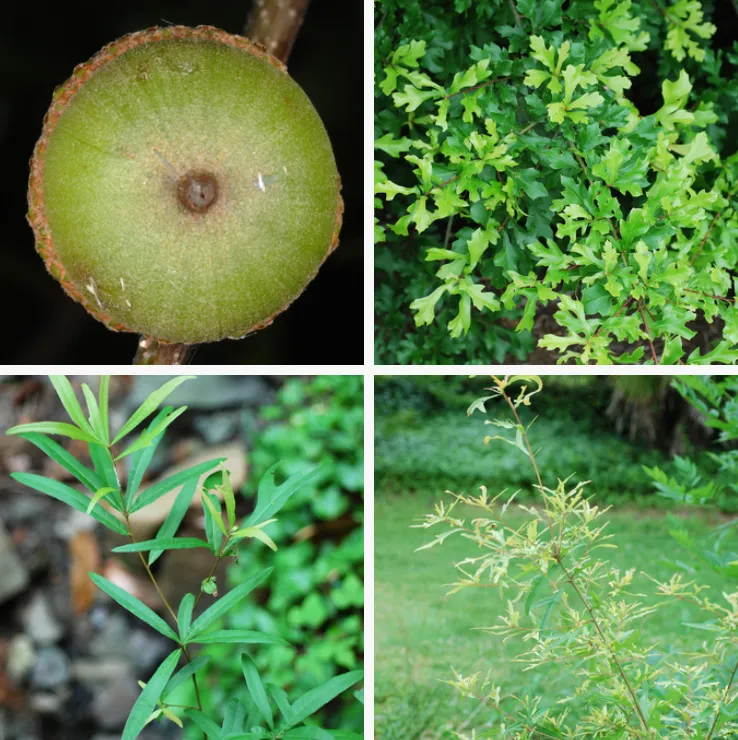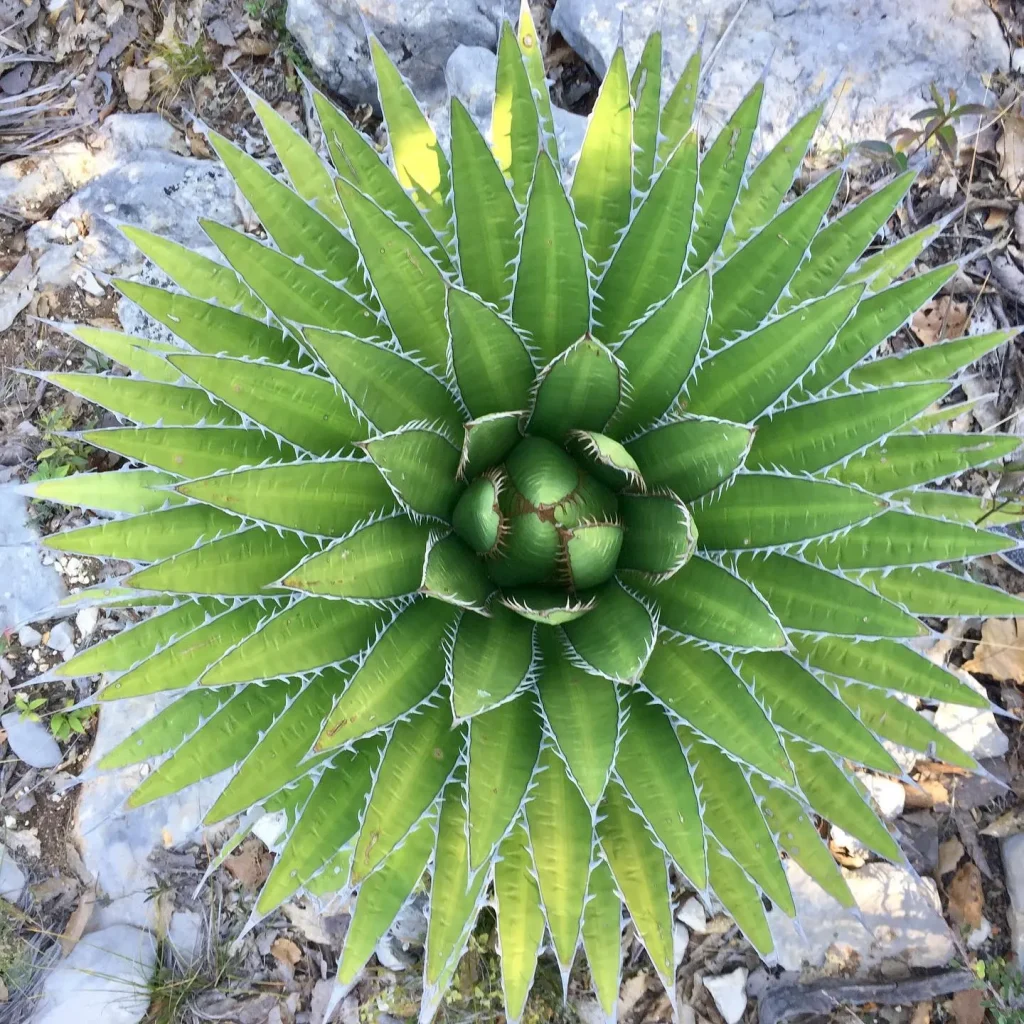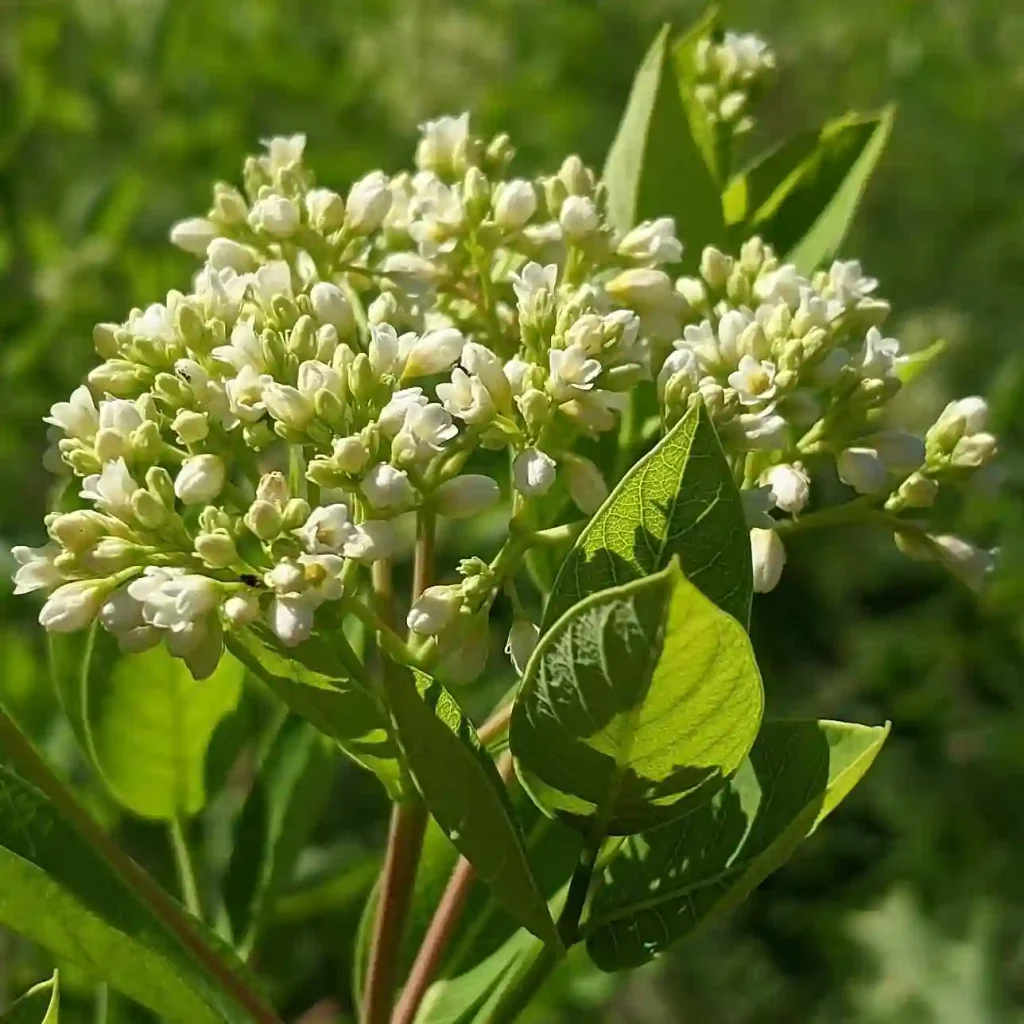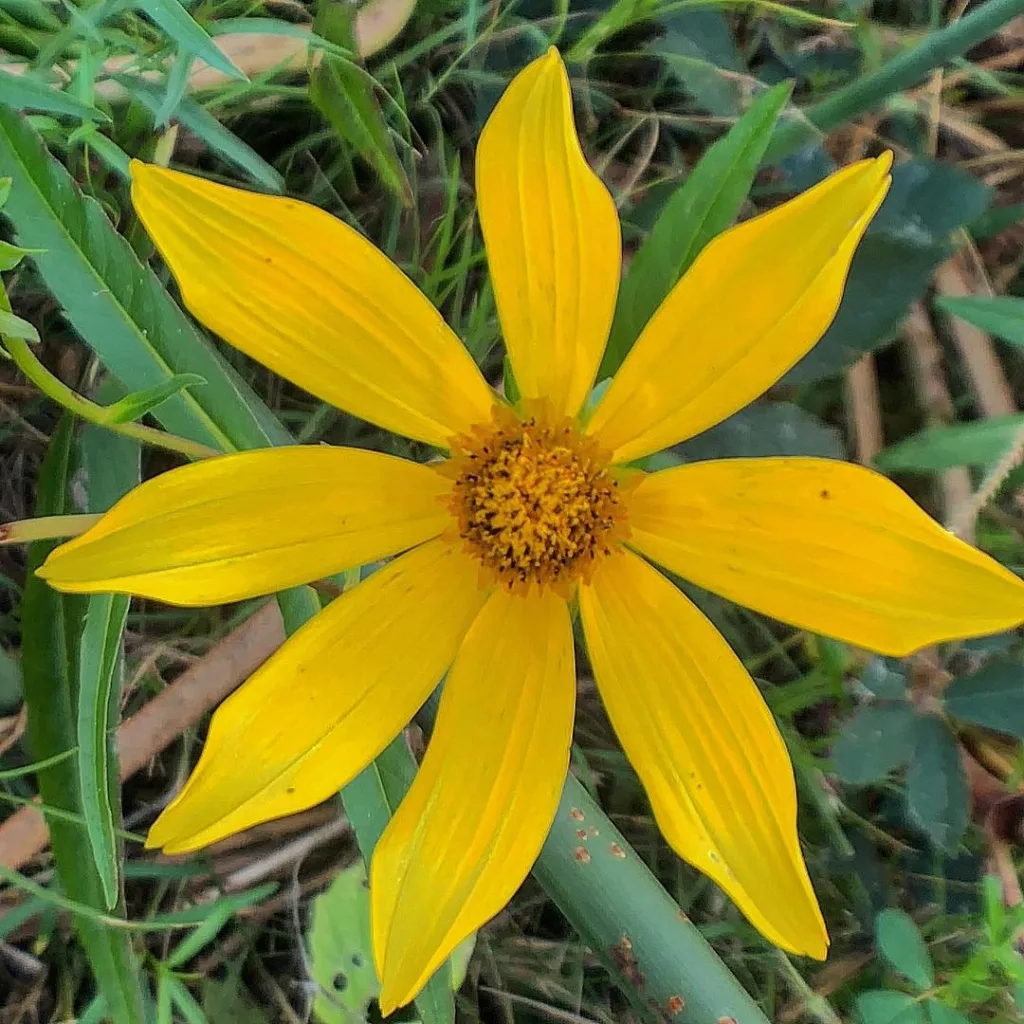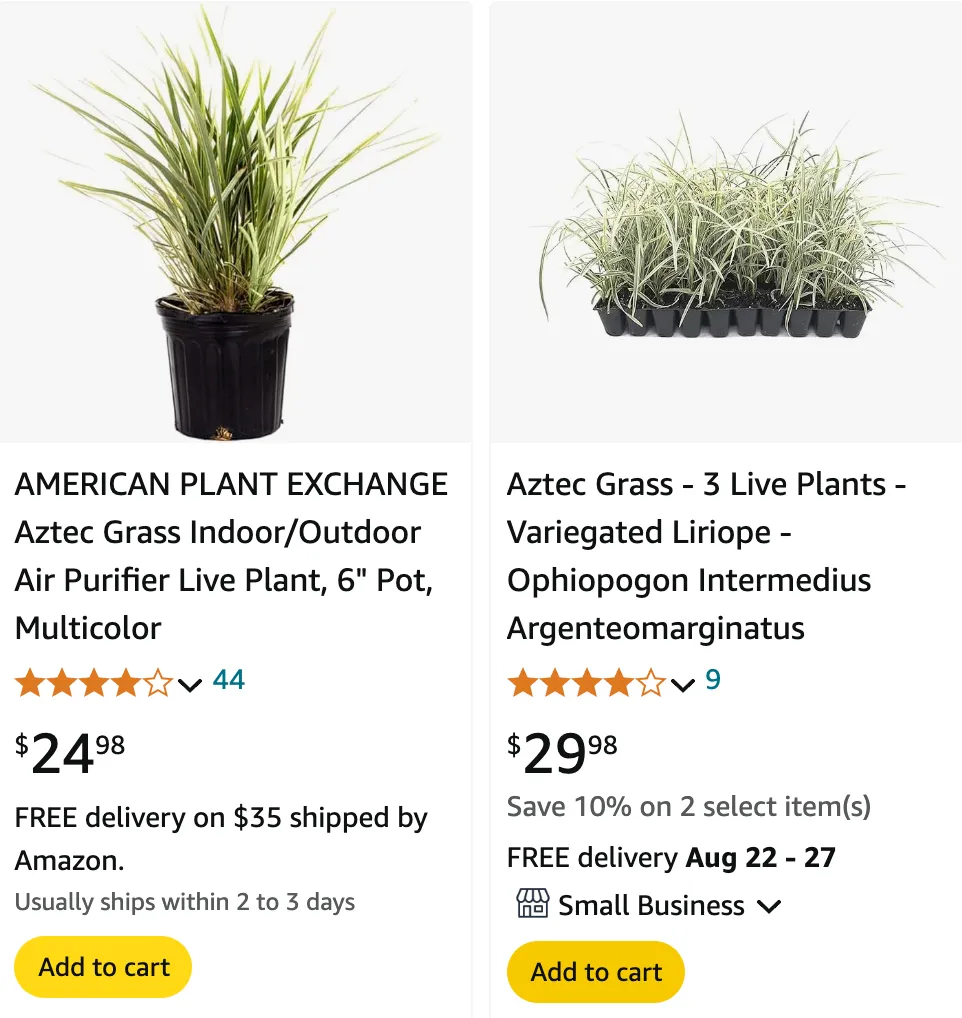
As someone who loves gardening, I find myself frequently working with versatile plants that offer both beauty and functionality in landscapes. One of my favorites for adding a touch of elegance to my garden is Aztec Grass (Ophiopogon Intermedius). Over the years, I’ve learned a lot about this striking plant, and I’ve often been asked various questions about its care, uses, and characteristics. Here’s everything you need to know about Aztec Grass and how I incorporate it into my landscaping.
85 Species in Genus Ophiopogon
What Is Aztec Grass?
Aztec Grass, often confused with Liriope, is a perennial plant known for its slender, arching leaves that resemble grass. Its foliage is typically variegated with white and green, giving it a distinct, ornamental look. Despite its grassy appearance, Aztec Grass isn’t actually a grass but belongs to the Asparagaceae family. It is commonly used in borders, mass plantings, or as a ground cover, adding texture and brightness to landscapes.
Aztec Grass vs Liriope
Many people ask me how Aztec Grass differs from Liriope. While they look similar and are often used interchangeably in landscaping, they are distinct plants. Aztec Grass typically has finer, more delicate leaves and a softer overall appearance. In contrast, Liriope has thicker, more robust foliage. The choice between the two depends on the look you’re aiming for in your garden.
Aztec Grass Care
Caring for Aztec Grass is relatively easy. It thrives in a variety of conditions, making it a versatile choice for gardeners. Whether you’re planting it in full sun or partial shade, Aztec Grass adapts well. However, I’ve found that it does best in partial shade, where it maintains its variegated color without getting scorched by the sun. It prefers well-drained soil and moderate watering, though it can tolerate brief periods of drought once established. In my experience, regular watering, especially during hot, dry spells, keeps the foliage looking fresh and vibrant.
Does Aztec Grass Spread?
Aztec Grass spreads slowly by clumping, so you don’t have to worry about it taking over your garden like some other ground covers. This slow growth makes it a great choice for borders and edging, where you want a controlled and tidy appearance. If you need to fill in gaps, you can easily divide the clumps and replant them elsewhere.
Aztec Grass in Landscaping
Aztec Grass is a fantastic choice for landscaping due to its versatility and aesthetic appeal. I often use it in borders to create a defined edge around flower beds or along walkways. It’s also a popular choice for mass plantings, where its variegated leaves provide a soft, uniform look. In larger gardens, I like to plant Aztec Grass under trees or shrubs to create a lush, layered effect.
Aztec Grass Sun or Shade?
This is a common question, and I’ve tested both conditions. Aztec Grass performs well in both sun and shade, but I’ve found that it thrives best in partial shade. In full sun, especially in hotter climates, the leaves can sometimes become scorched. Partial shade, however, helps maintain the plant’s vibrant variegation.
Variegated Aztec Grass
The variegated version of Aztec Grass is a real showstopper. The white and green striped leaves add brightness to darker areas of the garden, and I’ve used it to contrast with darker foliage plants for a striking effect. Its variegated nature makes it perfect for adding visual interest without overpowering other plants in a design.
Aztec Grass Cold Hardiness
One of the things I appreciate about Aztec Grass is its resilience. It has decent cold hardiness, thriving in USDA zones 7 to 11. In winter, even in colder zones, it tends to stay evergreen, although the foliage can look a bit weathered. A light pruning in early spring usually takes care of any damage and encourages fresh new growth.
Aztec Grass Deer Resistant
If you’re in an area with deer, you’ll be happy to know that Aztec Grass is deer resistant. In my experience, deer tend to avoid it, which makes it a reliable choice for gardens where other plants may be at risk of being eaten.
Aztec Grass Flowers and Blooming
Aztec Grass does bloom, though its flowers are not the main attraction. The small, pale lavender or white flowers appear on spikes in late summer to early fall, but they’re subtle compared to the bold foliage. The flowers are followed by small, blue-black berries, which add another layer of interest to the plant.
How Big Does Aztec Grass Get?
Aztec Grass typically grows to about 12 to 18 inches in height, with a similar spread. Its compact size makes it perfect for edging, borders, and mass plantings. Despite its modest size, it adds significant texture and color to the landscape.
Is Aztec Grass Evergreen?
Yes, Aztec Grass is considered evergreen, retaining its foliage year-round in warmer climates. Even in cooler regions, it stays fairly green, though it might need a bit of pruning after winter to refresh its appearance.
Trimming and Pruning Aztec Grass
Aztec Grass requires minimal maintenance. In early spring, I trim back any dead or damaged foliage to encourage new growth. This keeps the plant looking neat and prevents it from becoming too overgrown. If you want to divide the clumps, this is also the best time to do it.
Is Aztec Grass Poisonous to Dogs?
As a pet owner, I always make sure to research the toxicity of plants. Aztec Grass is generally considered non-toxic to dogs, so you can plant it without worrying about your furry friends. However, it’s always a good idea to monitor pets around any plants.
Aztec Grass in Winter
In winter, Aztec Grass can experience some browning, especially in colder climates. However, it remains relatively evergreen and bounces back in the spring. If the foliage looks a bit tired, I give it a light trim to rejuvenate the plant.
Aztec Grass Spacing
When planting Aztec Grass, I usually space the clumps about 12 to 18 inches apart. This gives them enough room to spread and fill in the gaps over time while maintaining a neat appearance.
Final Thoughts
Aztec Grass is a versatile and low-maintenance plant that brings beauty and structure to any garden. Whether you use it for borders, mass plantings, or as a ground cover, it’s sure to add elegance to your landscape. Its adaptability to various light conditions, cold hardiness, and resistance to deer make it a reliable choice for gardeners. With minimal care, this evergreen plant will provide year-round interest, making it a staple in my garden.
If i die, water my plants!
